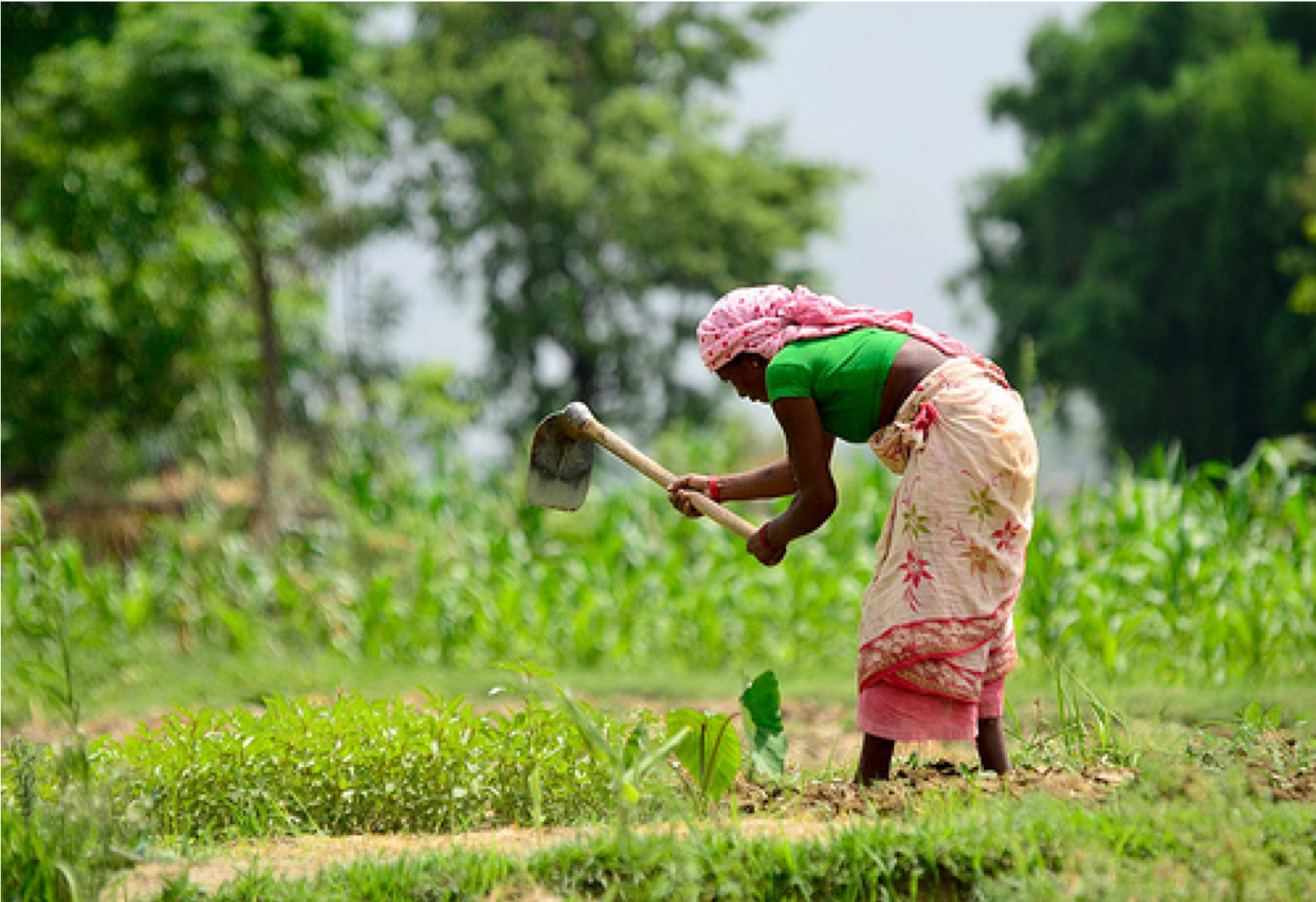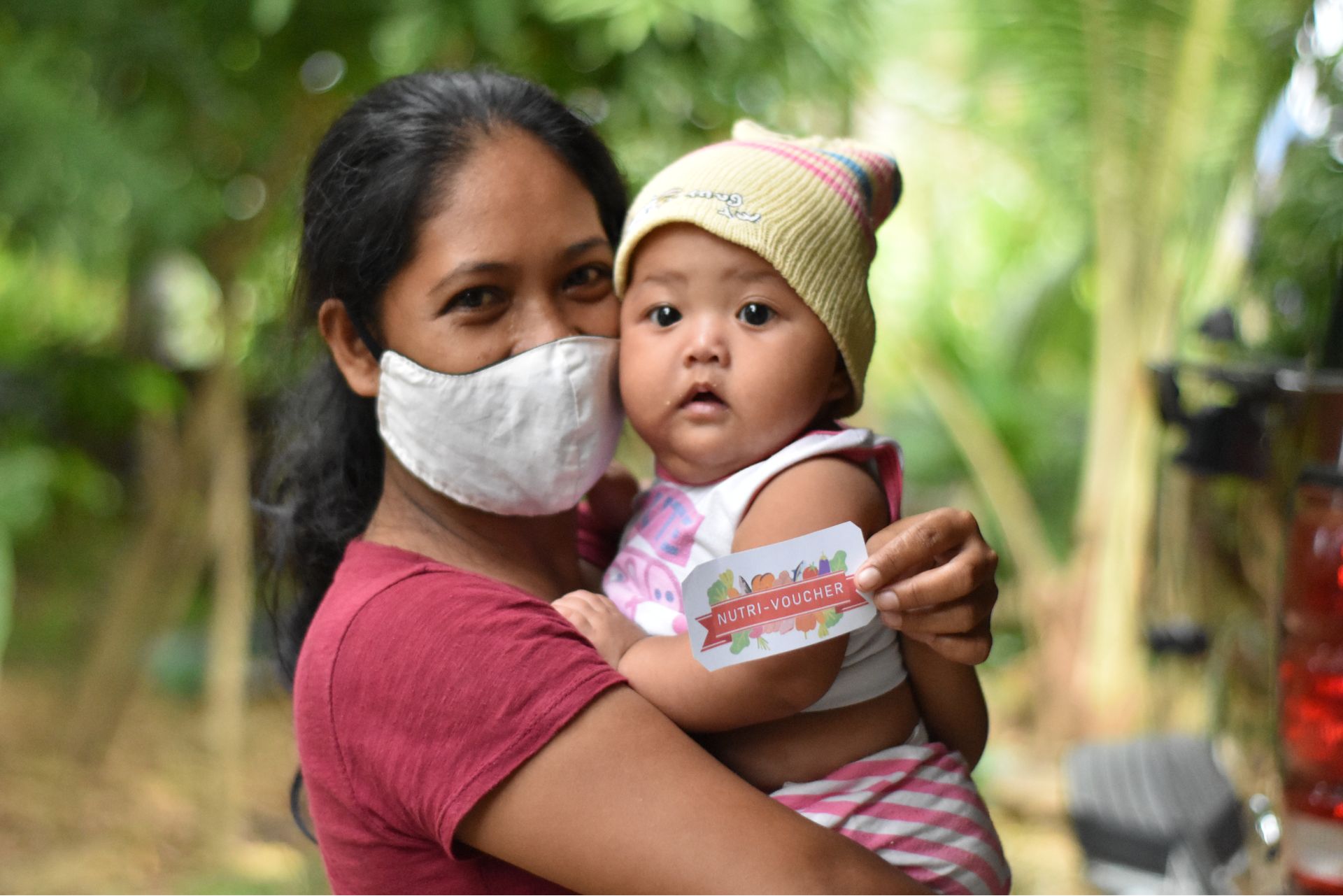The Philippines is one of the most populated countries in Southeast Asia and is poised to remain so, having one of the region’s fastest-growing populations at a rate of 1.39%. Thus, the country is expected to be the last major Asian economy to benefit from the demographic dividend.However, this does not prevent the Philippines from being among the most dynamic economies in the East Asia Pacific region. The newly industrialized country is particularly resilient to global economic shocks, has a lower dependence on exports, relatively stable domestic consumption, a vibrant labor market, large remittances, and a rapidly expanding services sector. Clean governance, growing infrastructure, and policy endeavors have catapulted the Philippines onto a path of fast growth. However, the government will have to address the issues of high unemployment (averaging 8.3% from 1994 to 2021), limited foreign investment, and inclusive development to secure sustainable progress.
About Philippines
More
In the Philippines, more than 60% of the poor reside in rural areas. Key contributors to persistent rural poverty include difficulties in raising rural farm and non-farm incomes, lack of resilience to shocks and natural disasters, and an underdeveloped agricultural sector. The Universal Health Care system still suffers inefficiencies and inequities of service delivery, and these problems are even more severe in rural areas. As for education, beyond common issues of affordability and resource shortage, the Philippines still faces a mismatch between educational training and actual employment, which results in a large amount of educated yet unemployed people. Although the Philippines remains one of the top countries in the region in terms of closing the gender gap, there is still work to be done to ensure gender equality.
Our Impact
IIRR’s impact in Philippines over the years
1,839,445
50
3288
2011
Story from the field
Agroforestry project
IIRR’s Agroforestry project provides farmers with starter kits composed of fruit and forest tree seedlings, assorted vegetables, and legumes seeds. In some cases this project also provides small livestock to farmers.

Emma Alfiler, 53, lives in Himbubulo Weste, Guinayangan, Quezon with her husband and three of their seven children. They are one of the 47 tenured migrant families living in the government-owned, strictly protected watershed, the Maulawin Spring Protected Landscape (MSPL). The government gave them a 25-year tenure to sustainably utilize the multi-use zone while cooperating to protect the whole watershed. They are required to cover 20% of their cultivated area with forest trees and agricultural crops; however, they only know mono-cropping of coconuts.
To address this gap and complement government initiatives, IIRR and Guinayangan’s local government implemented an agroforestry project through the support of CCAFS and Forest Foundation Philippines. Agroforestry is an ecologically sustainable land use management system where trees and food crops are grown in combination, sometimes including livestock. Aside from economic gain, it increases biodiversity, reduces soil erosion, enriches the soil, and retains moisture. Tenured migrants were taught about the importance of biodiversity and learned to appreciate the interconnectivity of species for a healthy ecosystem that supports livelihoods.
Starter kits composed of fruit and forest tree seedlings, assorted vegetables, and legumes seeds were provided to the farmers. Some also received small livestock to build their assets. A pass-on scheme was developed to multiply initial stocks for other farmers. This not only built goodwill but brought a sense of community.
Before joining the project, Emma only planted cassava, sweet potato, and bitter gourd. She used commercial inputs and her production losses were often high. She frequently borrows money, which stretches her family’s budget. After undergoing the project’s training, Emma’s home garden is now planting more diverse crops. She grows string beans, pepper/chili, and eggplant and has fruit trees like star apple, durian, jackfruit, citrus, guyabano, and banana.
These provided her family with needed food and additional income. In the last planting season, she earned PHP 3,000 to PHP 4,000 per week from selling vegetables. Her native pig produced seven piglets and she was able to invest in an upgraded breed that produced 11 piglets.
”The income we gained from the crops supported our children’s studies in college and paid our debts. I will continue practicing agroforestry as this helps us a lot, especially in providing for the needs of my children.
Emma Alfiler

Want to know more?
Learn more about IIRR’s projects in the Philippines
Integrated School Nutrition model in Philippines
This program is aimed at providing nutritional meals to Filipino school children



